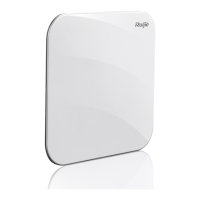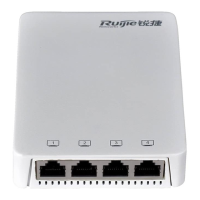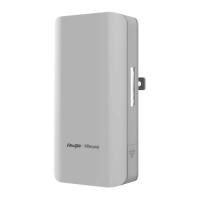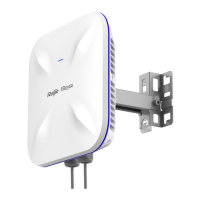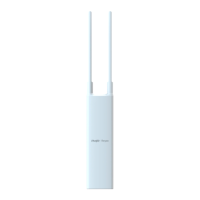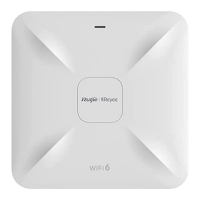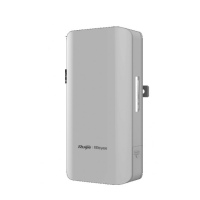Configuration Guide Configuring CLI
Most configuration commands have the default option. The default option is used to restore default settings of the command.
Default values of most commands are used to disable related functions. Therefore, the function of the default option is the
same as that of the no option in most cases. For some commands, however, the default values are used to enable related
functions. In this case, the function of the default option is opposite to that of the no option. At this time, the default option is
used to enable the related function and set the variables to default values.
For specific function of the no or default option of each command, see the command reference.
1.3.6 Prompts Indicating Incorrect Commands
When you enter an incorrect command, an error prompt is displayed.
The following table lists the common CLI error messages.
% Ambiguous command: "show
c"
The characters entered are
insufficient for identifying a unique
command.
Re-enter the command, and enter a question mark
after the word that is ambiguous. All the possible
keywords will be displayed.
The mandatory keyword or variable
is not entered in the command.
Re-enter the command, and enter a space and a
question mark. All the possible keywords or
variables will be displayed.
% Invalid input detected at ‘^’
marker.
An incorrect command is entered.
The sign (^) indicates the position of
the word that causes the error.
At the current command mode prompt, enter a
question mark. All the command keywords allowed
in this command mode will be displayed.
1.3.7 History Commands
The system automatically saves commands that are entered recently. You can use short-cut keys to display or call history
commands.
The methods are described in the following table.
Display the previous command in the history command list. Starting from the latest record, you can
repeatedly perform this operation to query earlier records.
After pressing Ctrl+N or the DOWN key, you can return to a command that is recently executed in
the history command list. You can repeatedly perform this operation to query recently executed
commands.
The standard terminals, such as the VT100 series, support the direction keys.
1.3.8 Featured Editing
When editing the command line, you can use the keys or short-cut keys listed in the following table:
Move the cursor to the previous character.
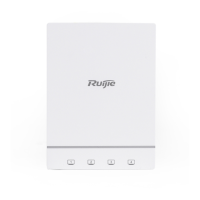
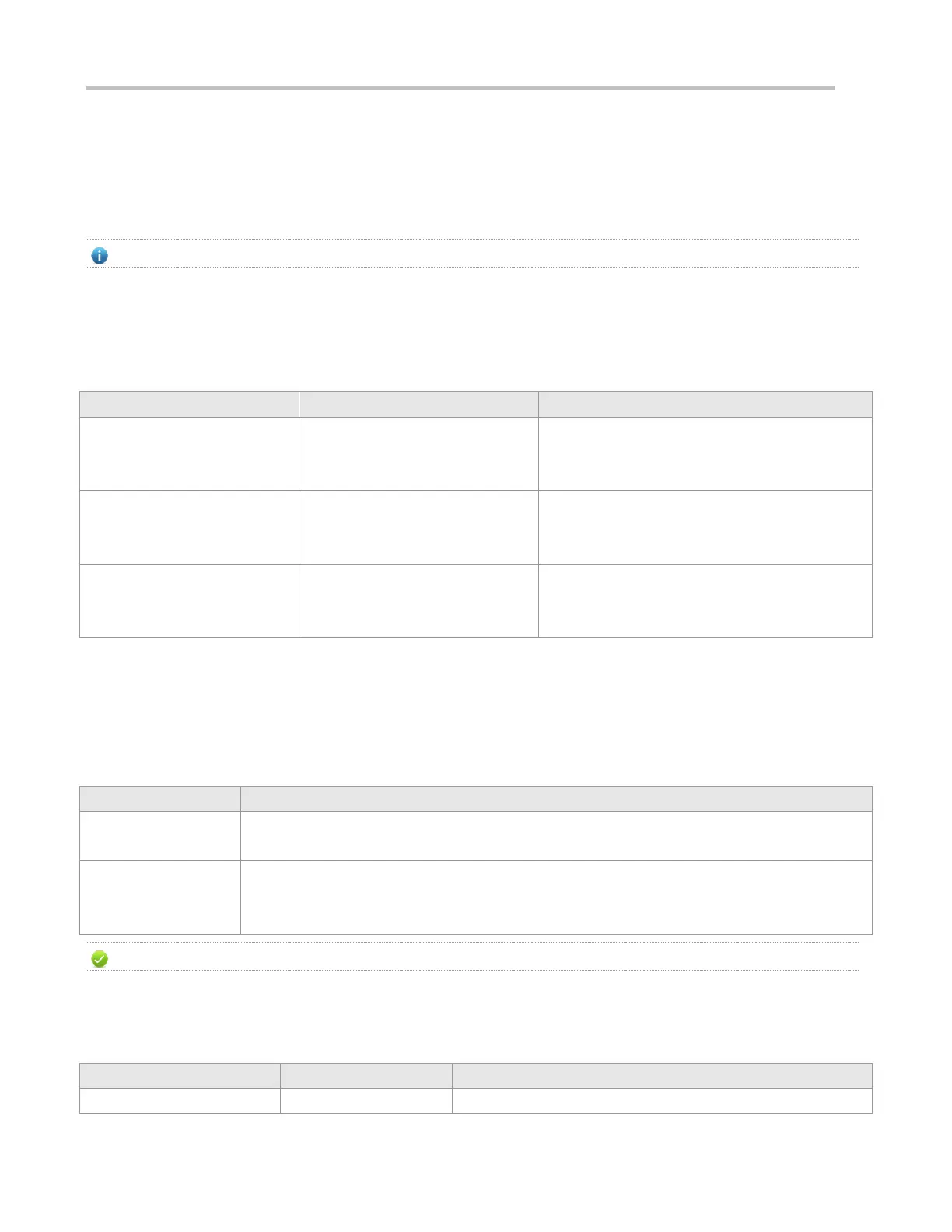